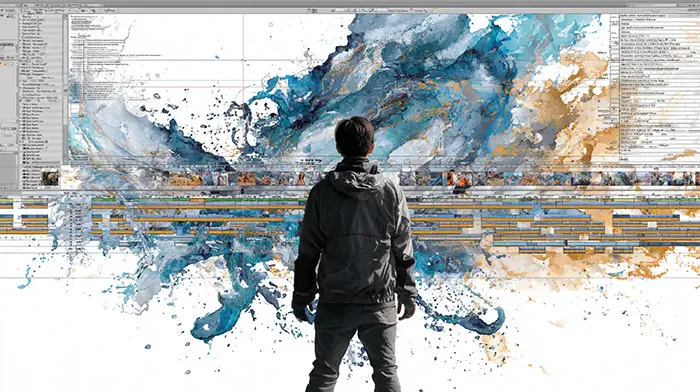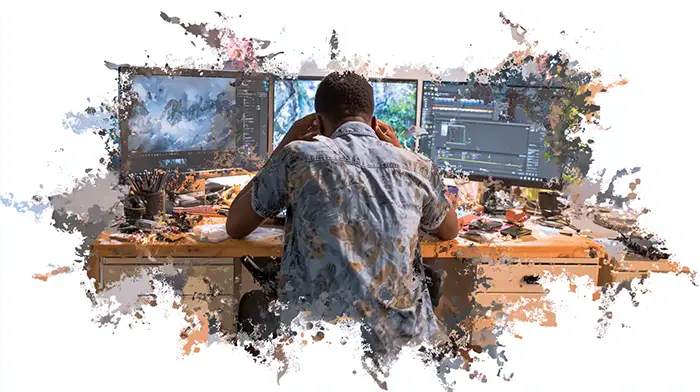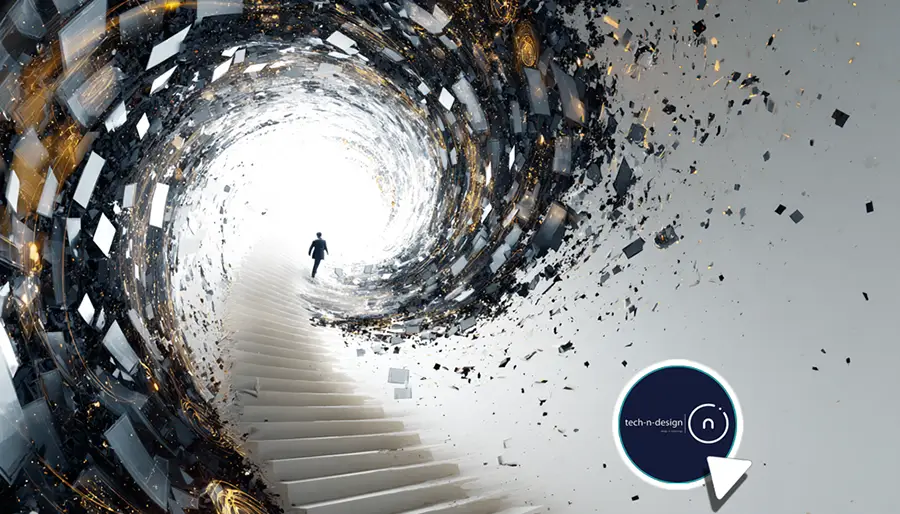Why Animation Software Still Has a Learning Curve
Animation tools are more powerful, smarter, and better connected. But easy? Not quite. If you’ve opened Blender, Maya, or Toon Boom recently, you know exactly what I mean.
Let’s talk about why.
Why Does Animation Software Still Feel Hard?

Are modern interfaces beginner-friendly?
Most tools still assume you understand timelines, keyframes, and layer logic. There’s no hand-holding. You’re expected to know the language of animation.
What tasks does animation software ask you to juggle?
Animation software isn’t just about drawing or moving objects. You’re managing models, building rigs, tweaking lighting, syncing sound, and rendering final exports. It’s a pipeline, not a play button.
Why is rigging still a roadblock?
Because it’s not intuitive, you’re not just drawing; you’re building a skeleton under your model.
You have to tell the software how each part of the character should move, what bends, what stays stiff, and how it reacts when you move the hand or leg.
Get it wrong? The whole thing moves weird or breaks completely.
Even experienced animators wrestle with this stuff.
Isn’t AI Supposed to Make This Easier?

Can AI automate everything?
Not everything. AI speeds things up, but it still relies on clean inputs. If your rig is broken or your motion path is off, the AI won’t magically fix it.
What’s the risk of over-relying on AI?
You can break things faster. AI gives you results, but not always the logic behind them. Without understanding the why, you’ll struggle to fix or improve anything.
How Can You Flatten the Learning Curve?
What should beginners look for in a tool?
Pick tools that explain what they’re doing. Look for tutorials, built-in tips, and active user communities. Don’t just chase features.
Is open-source animation software any easier to learn?
Open-source tools like Blender are powerful and free but they come with their own learning curve.
Blender has solid documentation and a huge user community, but it doesn’t simplify animation fundamentals.
You still need to understand things like keyframes, armatures, and timing.
See Blender’s official animation manual for a look at what’s involved.

What Should You Try First?
Where should I start if I’m serious about learning?
Use tools that help you understand animation principles, not just shortcuts. Learn the basics of timing, easing, and storytelling.
Here’s where I’d start, a breakdown of top tools for different levels and styles.
Conclusion
Animation software is easier to access, but not easier to master. If you’re hitting friction, you’re not alone. It takes practice, trial, and honest curiosity.
No tool removes the need to learn. But the right one will make that learning worthwhile.
FAQs
Why is animation software still so hard to learn?
Most tools have pro-level features baked in. Even simple tasks like rigging or keyframing take time to understand. You’ll get faster with practice and the right tutorials.
Do I need coding skills to use animation software?
Most software works with drag-and-drop tools and timelines. But knowing basic scripting (like in Blender or After Effects) can speed things up later.
What’s the best animation software for beginners?
Start with something intuitive like Toon Boom or Adobe Animate if you’re into 2D. For 3D, Blender is free and has tons of community help.
How long does it take to get good at animation?
It depends on your focus. You can learn basic motion in a week. But mastering rigging or effects takes months. Pick one skill at a time and build from there.
Can AI help speed up animation work?
AI can auto-tween frames, clean up keyframes, or suggest movements. But it won’t replace your decisions. You still need to guide the story and design.







